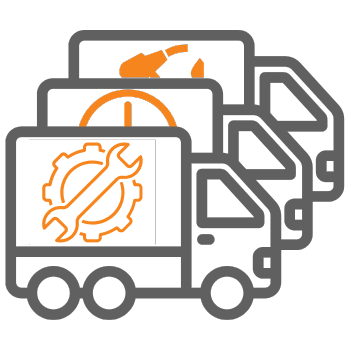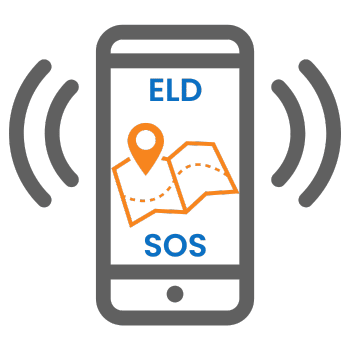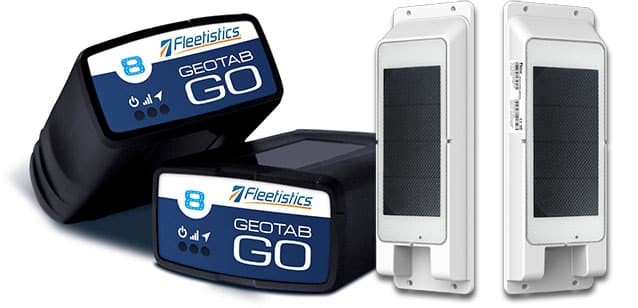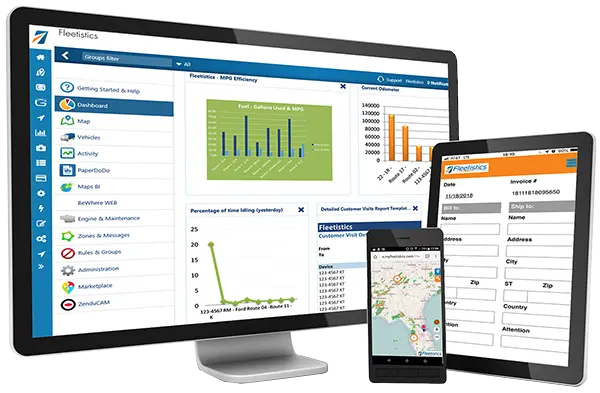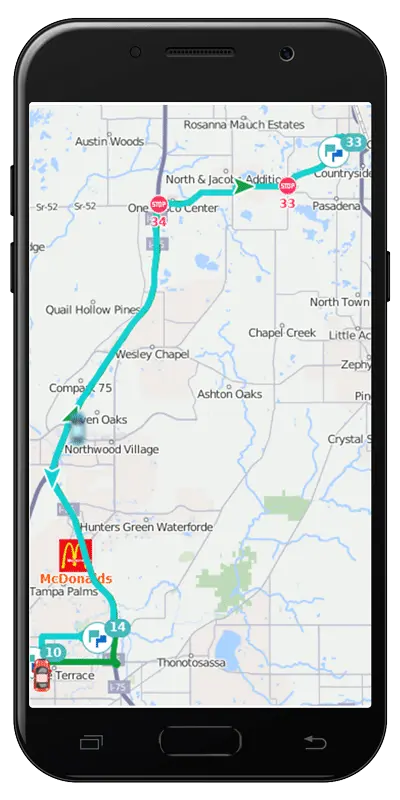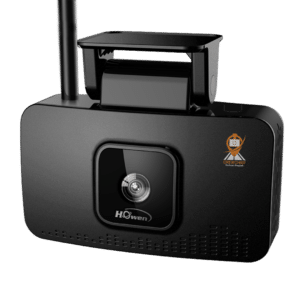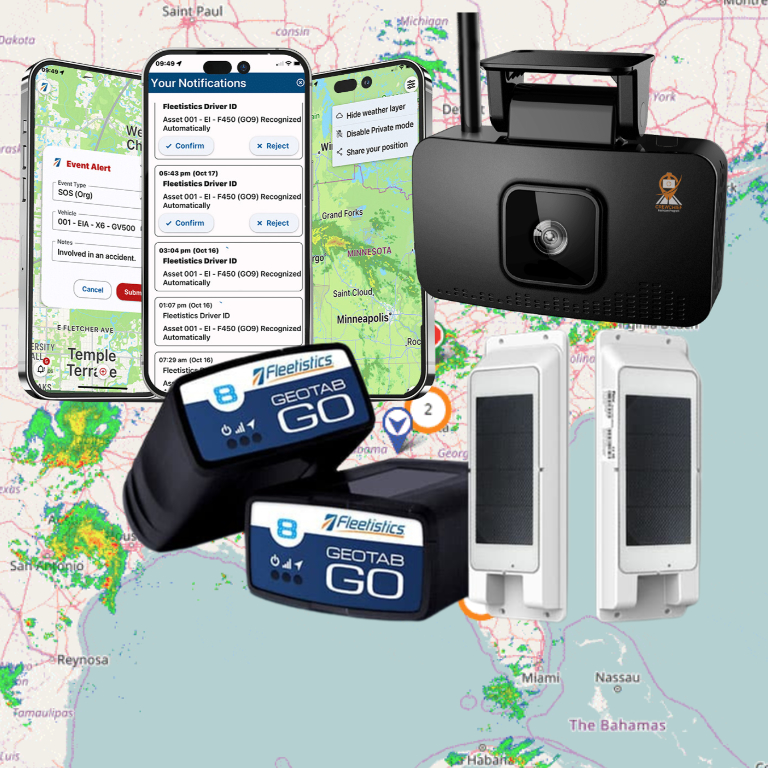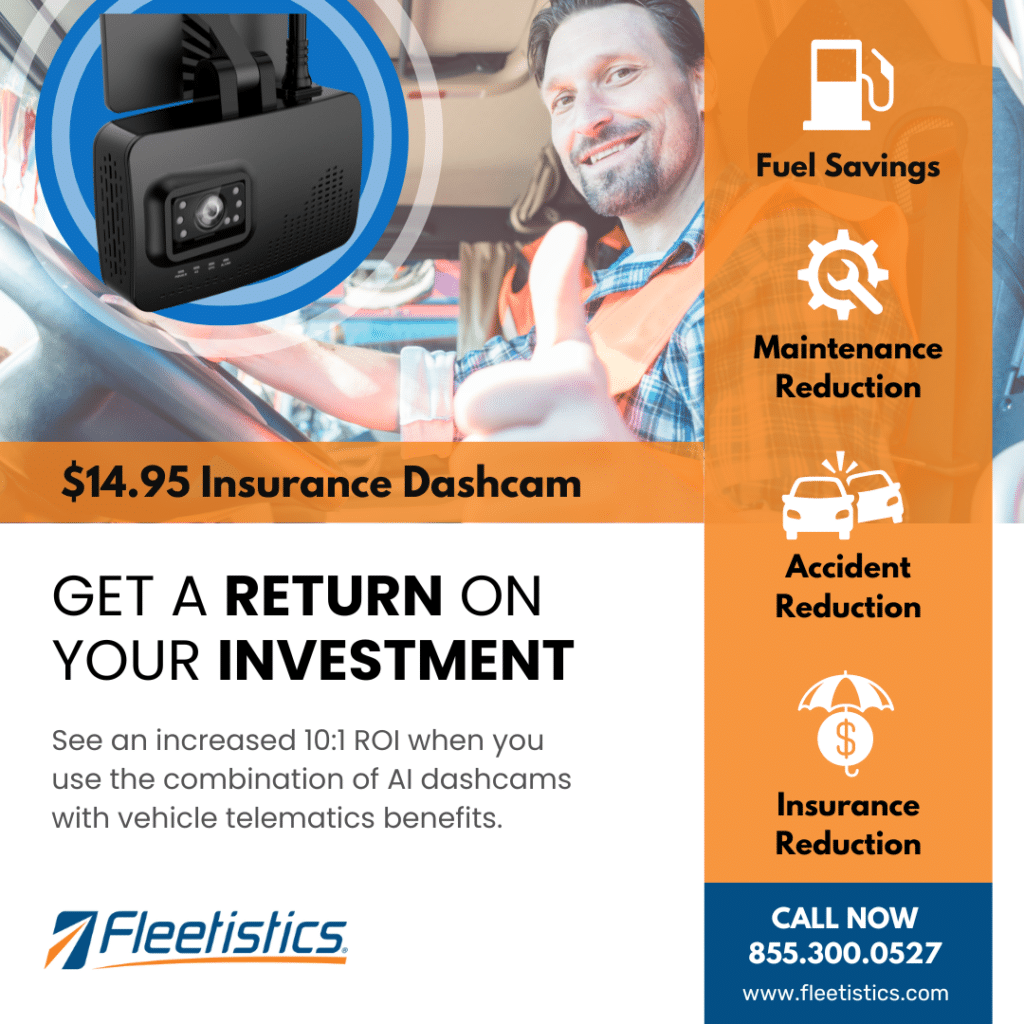How Weather Data Is Driving Fleets Around Traffic Congestion (and Toward Bigger Bottom Lines)
In the vast and ever-moving world of fleet management, time isn’t just money – it’s fuel, labor, reputation, and opportunity. A recent blog post by Rachel Plant at Fleetio pointed out how costly traffic congestion has become.
Every moment a truck sits in traffic is a missed delivery, a ticking meter on labor costs, and potentially a frustrated client. But what if you could see those traffic jams before they happen—not just now, but minutes or even hours ahead?
Welcome to the age where weather data becomes your fleet’s sixth sense, giving dispatchers and drivers a radar-guided crystal ball into the future of the roads.
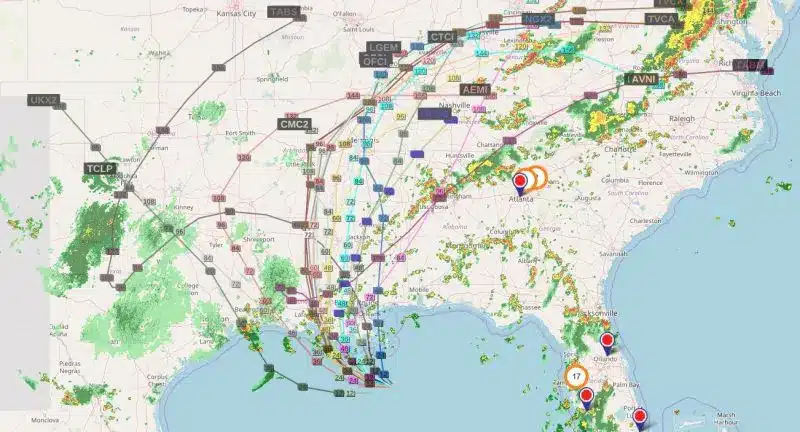
A Rainy Roadmap to Revenue
Let’s start with a simple premise: weather impacts traffic, and traffic impacts profit. Heavy rain, snowstorms, fog, and even scorching heat can paralyze highways and city streets, leading to congestion, detours, and accidents. In fact, according to the U.S. Federal Highway Administration, nearly 21% of all vehicle crashes are weather-related, and weather causes 25% of non-recurring traffic delays.
For fleet operators, this isn’t just a meteorological footnote. It’s a profit leak.
Now, picture this: instead of reacting to traffic jams caused by a sudden storm on I-95, your fleet receives predictive alerts six hours in advance. Routes are recalculated, stops are rearranged, and the storm becomes a minor footnote in your delivery day rather than a headline.
That’s not science fiction. That’s what integrated weather data systems can do when fused into a smart fleet management strategy.
The Forecasting Formula: Turning Rain Clouds into Revenue
So how exactly does weather data help fleets avoid traffic congestion and boost profitability? Here’s a behind-the-scenes look at the magic:
- Predictive Rerouting = Proactive Profits
Advanced fleet management systems can now integrate hyperlocal weather data with real-time traffic analytics. This means that if a snowstorm is predicted to hit a distribution corridor in Pennsylvania at 3 PM, the system can reroute vehicles automatically or notify dispatch to adjust departure times – hours before traffic bottlenecks begin.
No more stuck semis. No more overtime. No more customer complaints.
Imagine a truck loaded with perishable goods that gets rerouted around an incoming thunderstorm, shaving off 2 hours of what would’ve been dead stop traffic. That’s not just saving time; it’s saving the product, protecting client relationships, and sidestepping added labor costs.
- Dynamic ETA Adjustments Keep Clients in the Loop
When weather events are anticipated and baked into ETA calculations, your clients aren’t left wondering where their shipments are – they’re informed, in real time.
That kind of transparency builds trust, especially in high-stakes industries like pharmaceuticals, food, and e-commerce.
Happy clients = repeat business. Repeat business = long-term profitability.
- Smarter Fuel Management
Stop-and-go traffic eats fuel like kids eat candy. By avoiding congestion hotspots triggered by weather (think icy bridges causing multi-car pileups), fleets reduce idling, braking, and inefficient routing.
In an industry where fuel is often the second-largest operating expense, even small gains in route efficiency translate to significant savings.
Let’s say you manage a 200-truck fleet. If predictive weather routing saves each vehicle just half a gallon of fuel per day, you’re talking about thousands of dollars a week. Rain doesn’t seem so gloomy anymore, does it?
- Preventive Maintenance and Safety Win Big
Weather-aware routing doesn’t just prevent delays – it prevents damage. When a fleet is rerouted away from a storm-prone area, you’re protecting your assets (trucks), cargo, and most importantly, your drivers.
Reduced accident risk means:
- Lower insurance premiums
- Fewer repair costs
- Less downtime
- Improved driver satisfaction and retention
- Cargo transfer expenses
It’s not just about making deliveries. It’s about making sure the people behind the wheel get home safe – and that your operations stay lean, mean, and profitable.
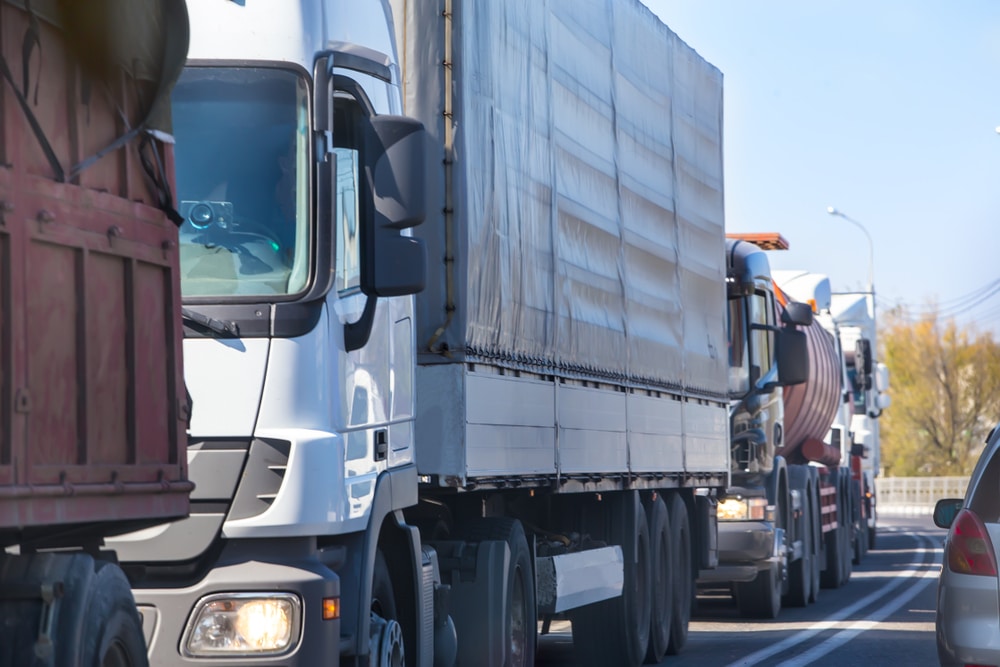
From reacting to Forecasting: A Day in the Life
Meet Lisa, the dispatcher for a regional food distribution company in the Midwest.
At 6:00 AM, Lisa logs into her fleet management dashboard, where weather integrations from NOAA and a private meteorological provider light up her screen. A fast-moving front is pushing in from the west, threatening to dump hail and torrential rain over key delivery zones.
By 6:10 AM, she spots five trucks headed directly into the storm’s path. Within a few minutes she reroutes those deliveries south – an extra 32 miles total but with clearer skies and flowing traffic.
By 10:00 AM, a competitor’s truck is jackknifed on the interstate after hitting black ice. Lisa’s fleet? On time, dry, and delivering fresh produce to delighted grocers.
By 5:00 PM, she’s tallied the day’s metrics: no delays, no damage, no overtime pay.
That’s the power of proactive, weather-informed fleet intelligence.
This represents the potential impact of good weather data improving operations and profitability. Critical current weather and accurate forecasted weather is critical to all fleet operations.
The ROI Forecast: Sunny with High Margins
Investing in weather-integrated fleet software might seem like an extra expense, but let’s look at the cost-benefit through a creative lens.
Consider:
- Avoiding just one traffic delay per week saves a truck 2 hours of lost wages and fuel.
- That’s potentially $75 in labor and fuel per vehicle, per week.
- Multiply by 50 trucks = $3,750 per week in savings on a $150 investment. That is a 25x ROI!.
- Over a year? You’re looking at six-figure improvements in profitability at an estimated $180,000.
And that doesn’t even include indirect gains like:
- Better driver morale
- Enhanced customer satisfaction
- Fewer legal/insurance costs from weather-related accidents
- Positive sustainability metrics (lower emissions from idle time)
- Fewer hotel and meal expenses
- Fewer times a driver runs out of available HOS driving hours
The Future: Weather as a Strategic Co-Driver
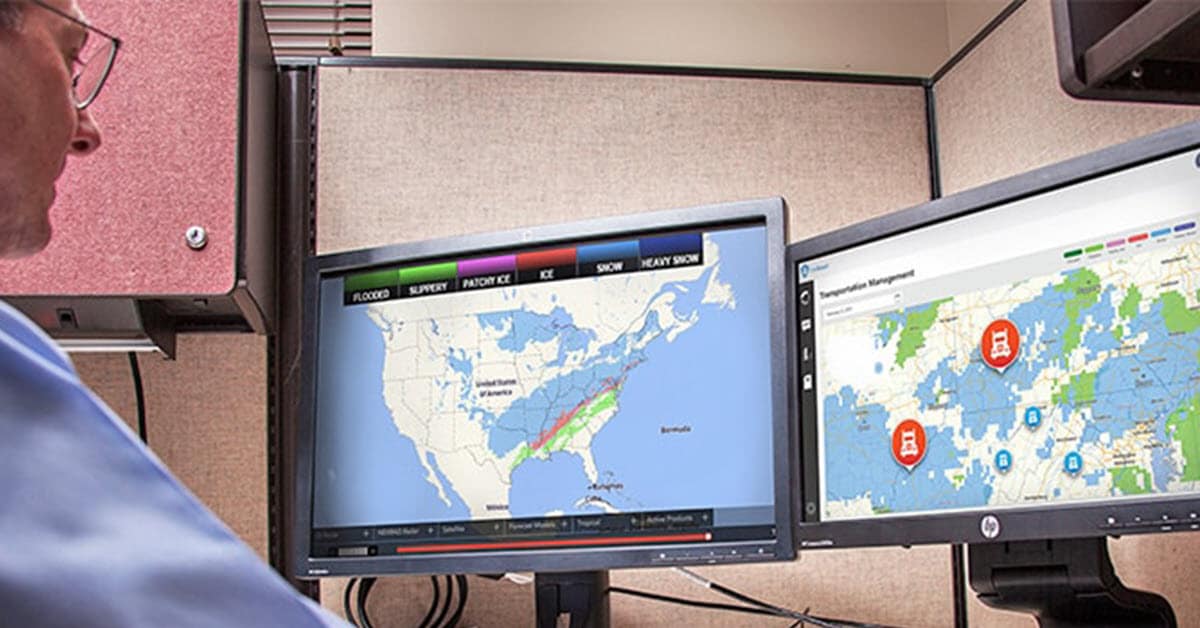
As artificial intelligence and IoT continue to evolve, weather data will only become more precise, more localized, and more predictive. We’re not far from a reality where fleet decisions are guided by live satellite feedback, predictive storm models, and AI that recommends not just routes—but profit-maximizing decisions based on full environmental context.
In the not-so-distant future, “bad weather” won’t be an excuse. It’ll be an advantage for fleets smart enough to see around the curve.
Final Thoughts: Don’t Let Weather Drive Your Bottom Line
You can’t control the weather—but you can control how your fleet responds to it.
Integrating weather data into your routing and dispatch systems isn’t a luxury anymore; it’s a competitive differentiator. In an industry driven by thin margins and fierce competition, knowing how the clouds move could be the difference between a red ledger and a profitable year.
So, the next time a dark storm cloud rolls in, don’t panic. Pull up your fleet dashboard, tap into the forecast, and steer your way not just around traffic—but straight toward smarter profits.
After all, the sky’s not falling – it’s just giving you a heads-up.
